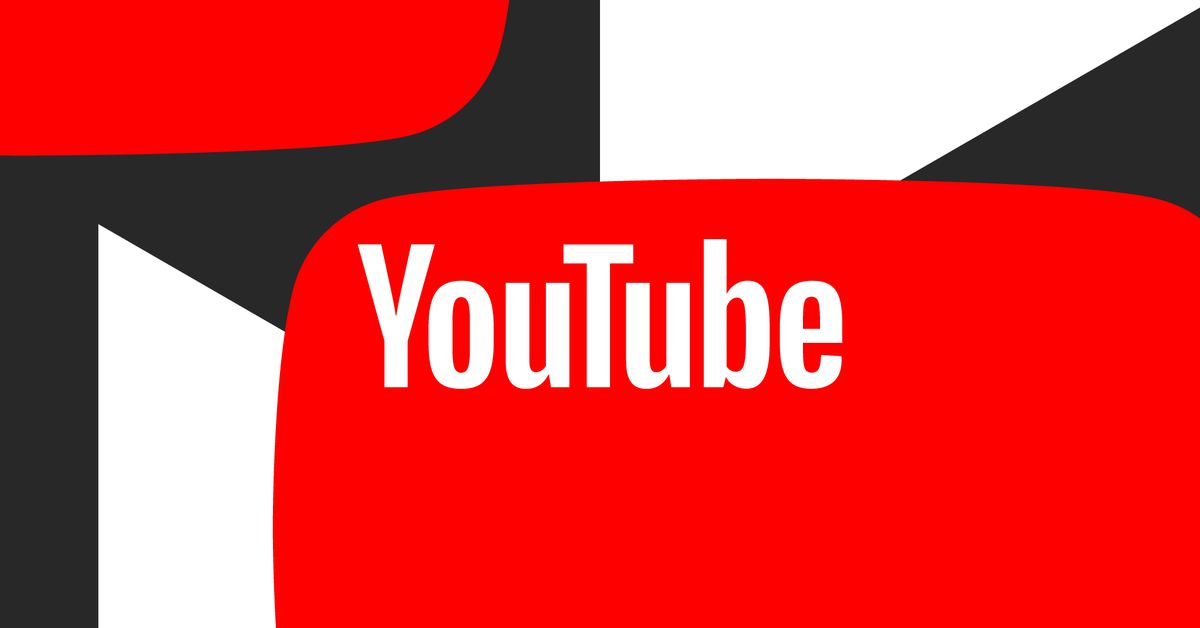YouTube is set to provide music labels with a mechanism to remove content that imitates an artist’s distinct vocal style, while creators will soon be mandated to identify AI-generated content.
YouTube plans to implement two distinct sets of regulations for AI-generated deepfakes: a strict framework to safeguard the interests of its music industry partners and a more lenient approach for other users. This differentiation was explicitly outlined in a recent blog post by the company, detailing its initial strategies for overseeing AI-generated content. In essence, YouTube will compel creators to label “realistic” AI-generated content upon video uploads, with this disclosure being particularly crucial for subjects like elections or ongoing conflicts. These labels will be visible in video descriptions and overlaid on sensitive content. While an exact definition of what constitutes “realistic” AI content has not been provided yet, YouTube spokesperson Jack Malon has indicated that the company will furnish more comprehensive guidance, including examples, when the disclosure mandate is implemented next year.
YouTube has specified that the consequences for inaccurately labeling AI-generated content may vary, potentially resulting in content takedowns and demonetization. However, the methodology through which YouTube will ascertain whether an unlabeled video is AI-generated remains ambiguous. Malon mentioned that the platform is investing in tools to detect and verify compliance with disclosure requirements concerning synthetic or altered content. Nevertheless, these tools are not currently available, and existing ones are known to have deficiencies. The process becomes significantly more intricate from this point onwards. YouTube will enable individuals to request the removal of videos that replicate a recognizable person, encompassing their facial features or voice, using the standard privacy request form. Therefore, if someone becomes a target of deepfake manipulation, there is a prescribed procedure for pursuing the removal of such content. However, YouTube states that it will consider various factors when evaluating these removal requests, including whether the content is intended as parody or satire and the status of the individual as a public figure or a widely recognized personality.
This approach bears resemblance to the assessments conducted by courts, where parody and satire play pivotal roles in the fair use defense against copyright infringement, and the determination of public figures is integral to defamation law. Given the absence of specific federal regulations governing AI deepfakes, YouTube is proactively formulating its guidelines to stay ahead of the regulatory curve. These rules, which YouTube can enforce at its discretion without stringent transparency or consistency requirements, will coexist with the customary disputes among creators concerning fair use and copyright laws. The landscape is poised to become exceedingly convoluted, especially since there is currently no established definition of “parody and satire” in the context of deepfake videos. Nonetheless, Malon reiterated that detailed guidance and illustrative instances will be provided upon the policy’s enactment next year.
Adding to the complexity, there will be no exemptions for parody and satire in the realm of AI-generated music content from YouTube’s partners if it replicates a musician’s distinctive vocal style. This implies that creations like Frank Sinatra performing The Killers’ “Mr. Brightside” may face challenges if disapproved by Universal Music Group. Numerous channels are dedicated to producing AI renditions by both living and deceased artists, and under YouTube’s updated regulations, most of these channels would be susceptible to takedown requests from the music labels. The sole exception outlined by YouTube in its blog post is if the content serves as “the subject of news reporting, analysis, or critique of the synthetic vocals,” echoing the principles of a standard fair use defense without specific guidelines yet established. Historically, YouTube has exhibited a hostile stance towards music analysis and critique due to stringent copyright enforcement measures. Therefore, it remains to be seen whether the labels will exercise restraint and how YouTube will respond to such scenarios.
The special safeguard for imitating singing and rapping voices will not be integrated into YouTube’s automated Content ID system upon its rollout next year. Malon clarified that music removal requests must be submitted through a form that partner labels will need to complete manually. Moreover, creators who inadvertently breach these blurred boundaries will not face penalties in the initial stages. Content removed due to privacy or synthetic vocals requests will not result in punitive actions against the uploader, according to Malon. YouTube is navigating a precarious path in this regard, considering the absence of a defined legal framework for copyright laws in the era of generative AI. While there is no explicit law or precedent prohibiting the training of an AI system to emulate Taylor Swift’s voice, YouTube’s operations are intricately linked to the music industry. Securing licenses for the vast array of music content uploaded daily is imperative for YouTube’s competitiveness, especially in light of TikTok’s emergence as a dominant music discovery platform on the internet. This partnership with the music industry underscores the necessity for YouTube to maintain amicable relations, even if it entails assuming a quasi-legal role. Concurrently, Google, YouTube’s parent company, is aggressively pursuing web scraping initiatives to bolster its AI endeavors, creating a dichotomy where special regulations are crafted for the music sector while other content creators are essentially compelled to relinquish their work without compensation. This tension is likely to escalate, prompting inquiries into the rationale behind affording preferential treatment to the music industry.






